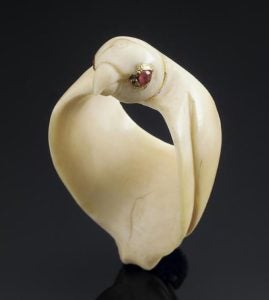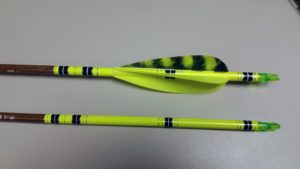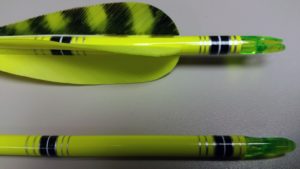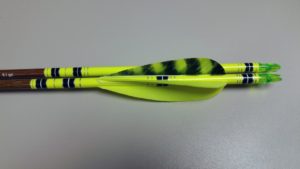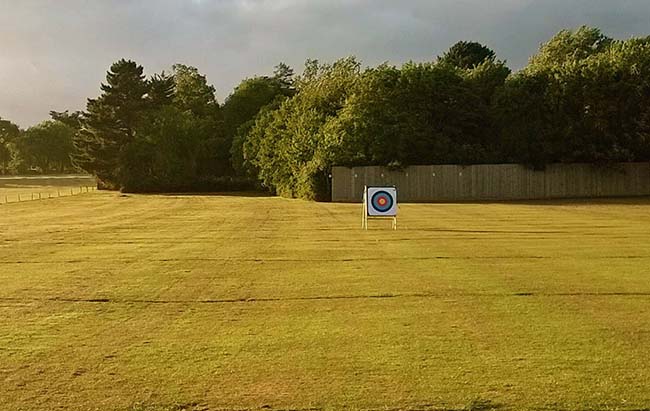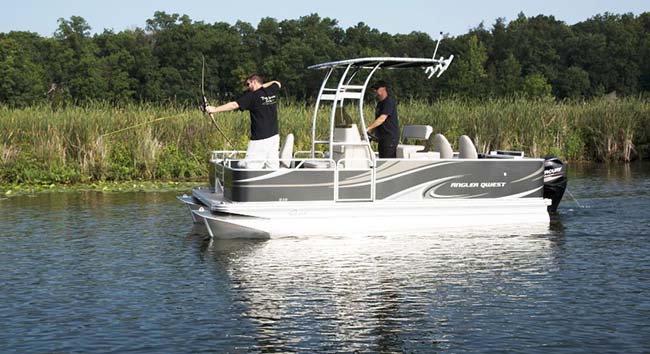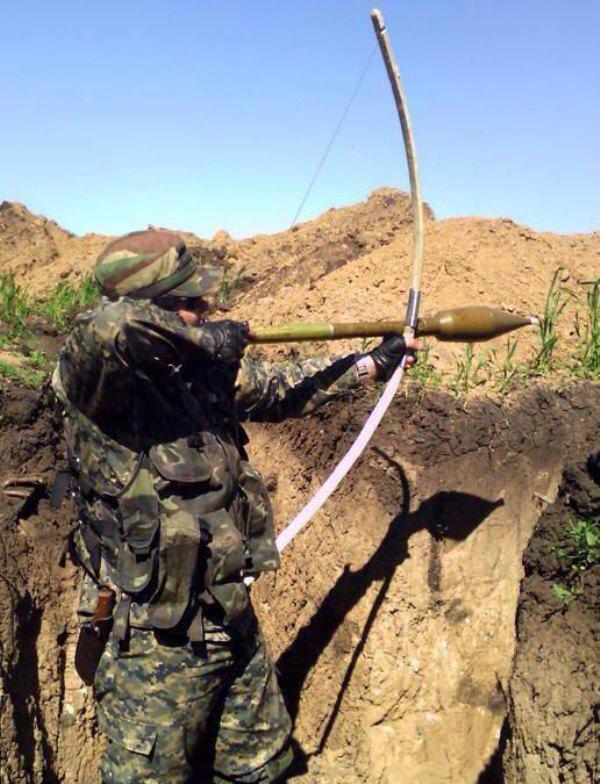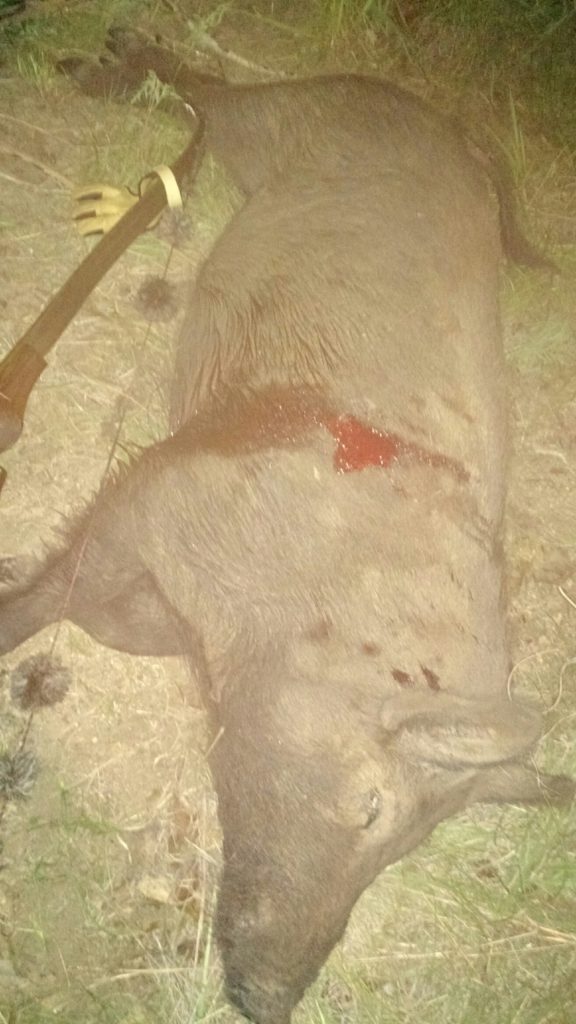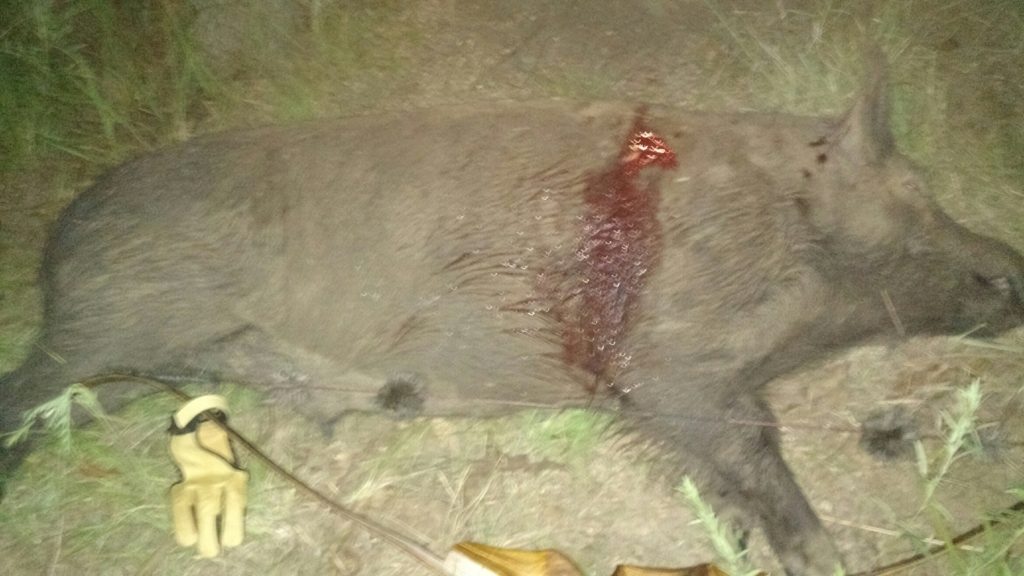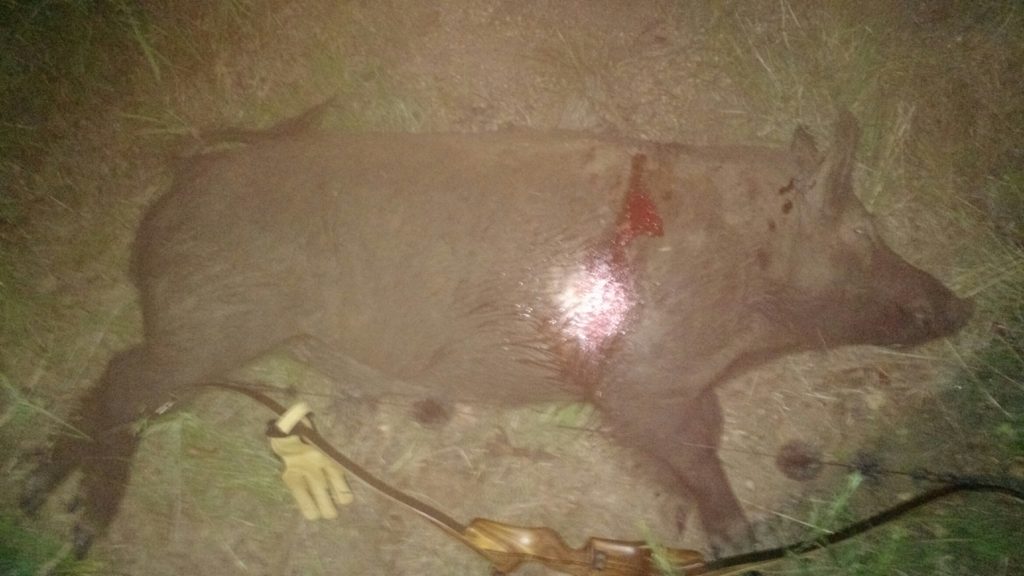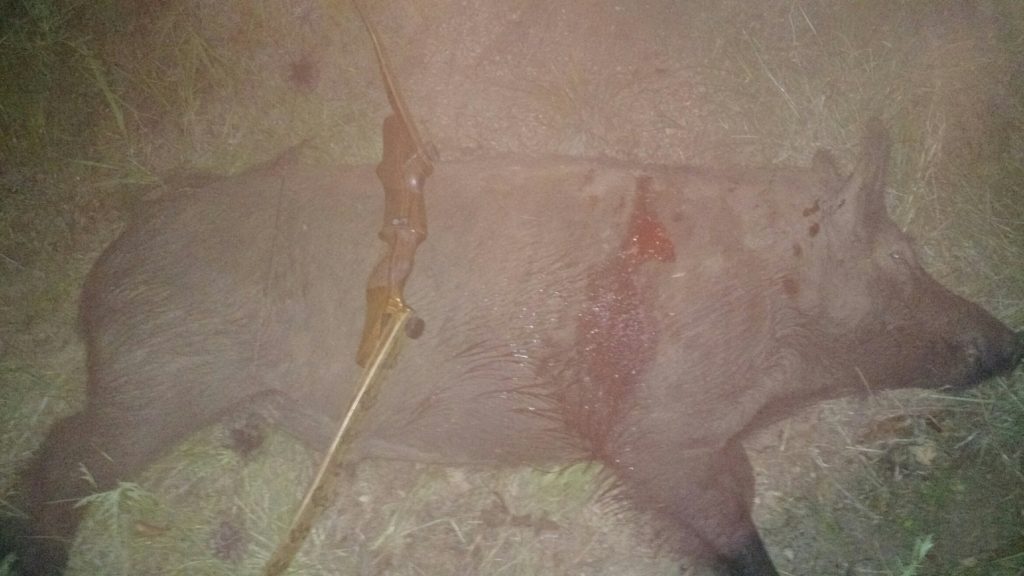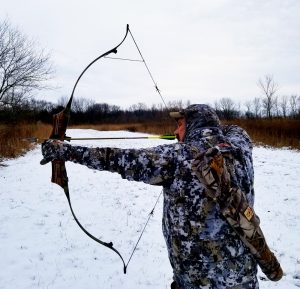 A clicker, or draw check, makes an audible noise (click) when an archer hits his desired draw length. They are used by almost all Olympic archery shooters to achieve the precision accuracy needed to succeed in that field. They work great as a signal, or trigger, to release the arrow.
A clicker, or draw check, makes an audible noise (click) when an archer hits his desired draw length. They are used by almost all Olympic archery shooters to achieve the precision accuracy needed to succeed in that field. They work great as a signal, or trigger, to release the arrow.
I recently decided to use a clicker as a training aid. I needed to get back to the basics of anchoring on every shot instead of short drawing and trying to “sneak up” on it; as my coach Rod Jenkins informed me I was doing. I set a commitment goal of using a clicker religiously for three months. Part of that three month period included spring turkey season though. Which I most certainly was not going to miss.
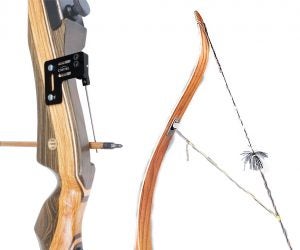
Clickers are available in several different styles. For hunting, the type that attaches to the string as well as the bow works best with all arrow points including broadheads and blunts. What I used here is the Crick-it Draw Check Clicker. While the light string and adjustable ball chain that comes with clickers works fine on the target range, I felt concern over its longevity in the field and the noise of the click when trying to take a super quiet, close hunting shot.
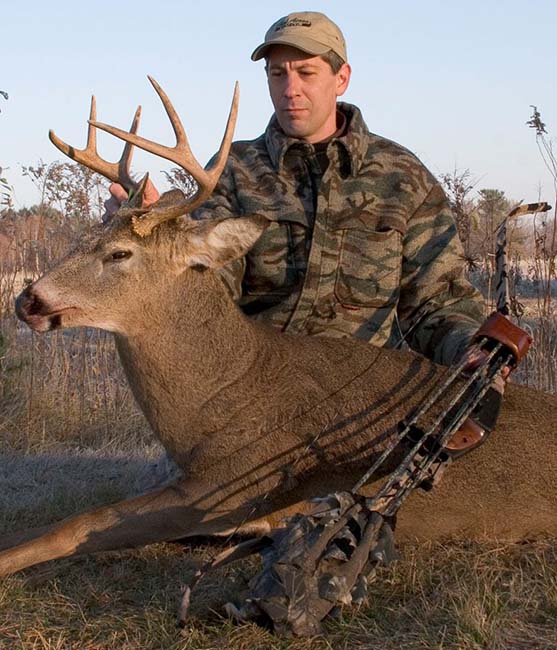 I consulted with Jason Wesbrock who has successfully used a clicker for years. Jason is an amazing bowhunter, world champion archer, and star of Masters of the Barebow Vol. 5. I took some tips from Jason and incorporated them into my own experiments and came up with a system that worked well for me on the hunt.
I consulted with Jason Wesbrock who has successfully used a clicker for years. Jason is an amazing bowhunter, world champion archer, and star of Masters of the Barebow Vol. 5. I took some tips from Jason and incorporated them into my own experiments and came up with a system that worked well for me on the hunt.
Steps for Setting up a Clicker for Hunting
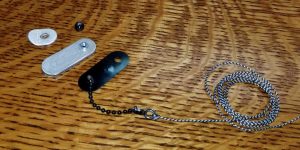 Step 1: Remove the clicker blade, the piece of metal that makes the noise, from the clicker. For the Crick-it clicker mine required a Phillips screwdriver.
Step 1: Remove the clicker blade, the piece of metal that makes the noise, from the clicker. For the Crick-it clicker mine required a Phillips screwdriver.
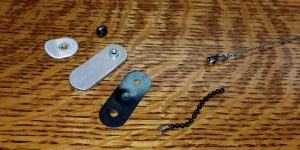 Step 2: You want to remove the chain grommet from the clicker blade. It may require a small amount of force, but be gentle.
Step 2: You want to remove the chain grommet from the clicker blade. It may require a small amount of force, but be gentle.
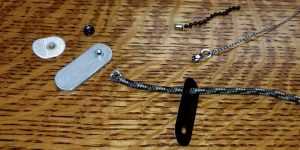 Step 3: Slide nylon cord through the hole where the ball chain was. As not all nylon cord is the same diameter, it may require drilling the hole to pull the cord through. You want it to be a tight fit though.
Step 3: Slide nylon cord through the hole where the ball chain was. As not all nylon cord is the same diameter, it may require drilling the hole to pull the cord through. You want it to be a tight fit though.
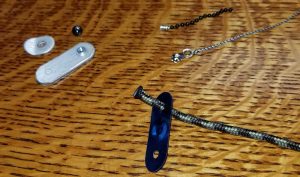 Step 4: Using a hand lighter, singe the end of the nylon cord and extinguish it by pushing it straight down into a couple drops of water on a flat, non-combustible surface. This should leave a hard, flat collar on one end of the cord. You can test to see if the end will hold by pulling on the cord to get the blade to make the click sound.
Step 4: Using a hand lighter, singe the end of the nylon cord and extinguish it by pushing it straight down into a couple drops of water on a flat, non-combustible surface. This should leave a hard, flat collar on one end of the cord. You can test to see if the end will hold by pulling on the cord to get the blade to make the click sound.
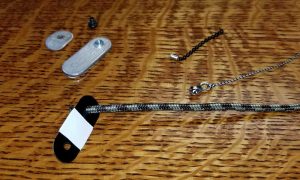 Step 5: To silence your clicker blade you can apply heavy duty outdoor tape to the center of the blade. The more layers you apply, the quieter it will get. It is up to you how much this will be.
Step 5: To silence your clicker blade you can apply heavy duty outdoor tape to the center of the blade. The more layers you apply, the quieter it will get. It is up to you how much this will be.
Step 6: Reassemble your clicker by screwing the blade back onto the plate in proper position. It is now ready to be installed on your hunting bow.
Step 7: Clean your top bow limb with denatured alcohol and a clean rag several inches below where the string separates from the bow limb. You want the clicker on the top limb so the least amount of nylon cord is used, and it stays out of the brush when moving.
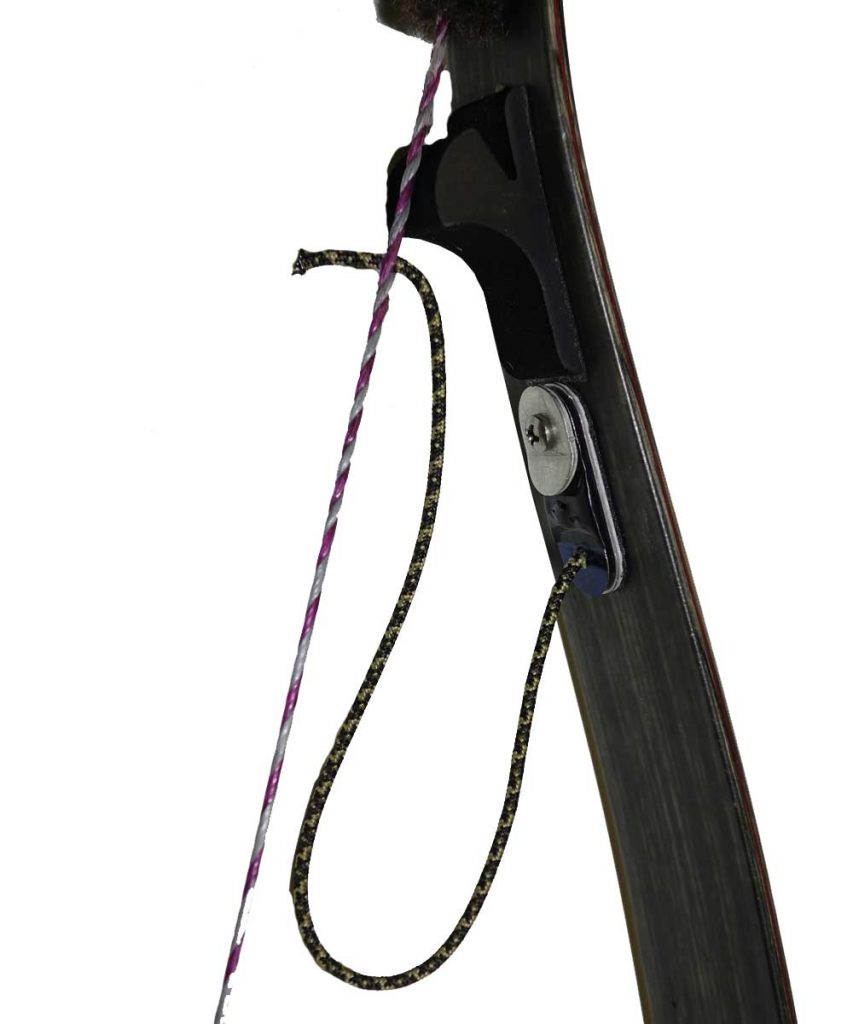 Step 8: Remove the sticky backing from the clicker and press onto the center of the top bow limb with the string positioned down.
Step 8: Remove the sticky backing from the clicker and press onto the center of the top bow limb with the string positioned down.
Step 9: Mark the bow string where you would like the clicker nylon string to be located so it resembles the photo.
Step 10: Unstring your bow, divide the bow string strands at the mark and insert the end of the cord through about a half inch.
Step 11: String your bow, and double check brace height and position of the cord. Sometimes the string will twist. If the cord is twisted unstring and remove the cord and insert again from the other side.
Step 12: Once the cord is straight you can adjust the length by pulling it to the correct length to click at the desired draw length. I cut off the extra leaving about ¾” of cord and burn the end (be careful here). On a Flemish twist string the cord will stay in position. On an endless loop type string you may need to serve above and below the cord to maintain position.
For silencing the clicker, I tried a number of different suggestions and ideas and have settled on what I believe is the perfect solution. A piece of Scotch brand outdoor mounting tape stuck to the face of the blade silences the click consistently; the bigger the piece the quieter the click. You can even make it silent if you want and still feel the clicker break in your string hand. I ended up preferring a piece of scotch tape approximately ¼” by ¾”.
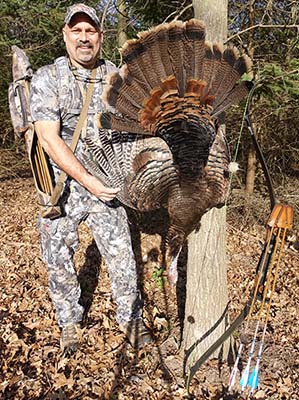
My turkey hunting was very slow that year. When a jake came into my hen calls I decided to take the shot. I hit anchor and pulled while aiming until the muffled click went off and my arrow disappeared in the sweet spot.
I have shot larger toms, but I’ve never been more pumped about making a great shot under pressure and staying on the road to shooting success.
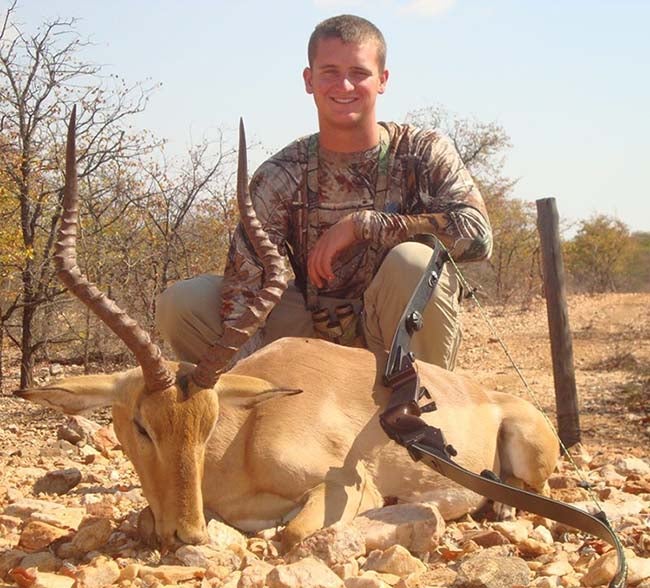
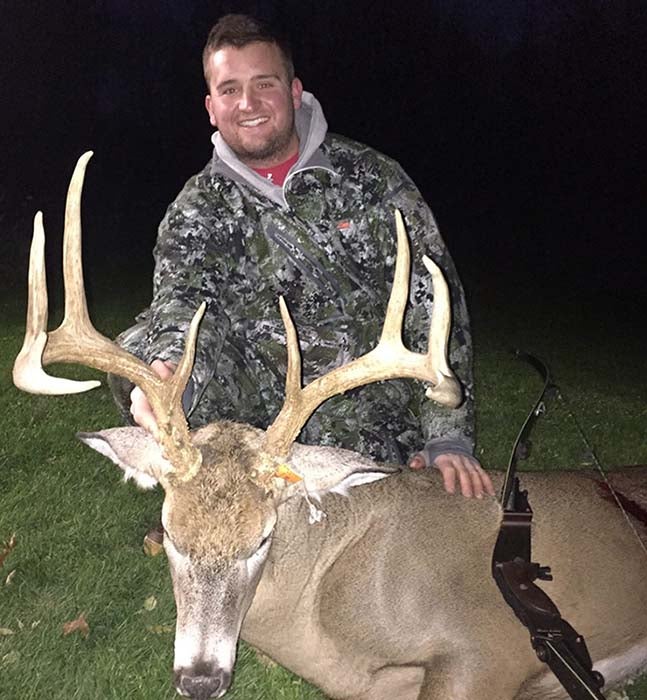
By Denny Sturgis, Jr.














.jpg)
